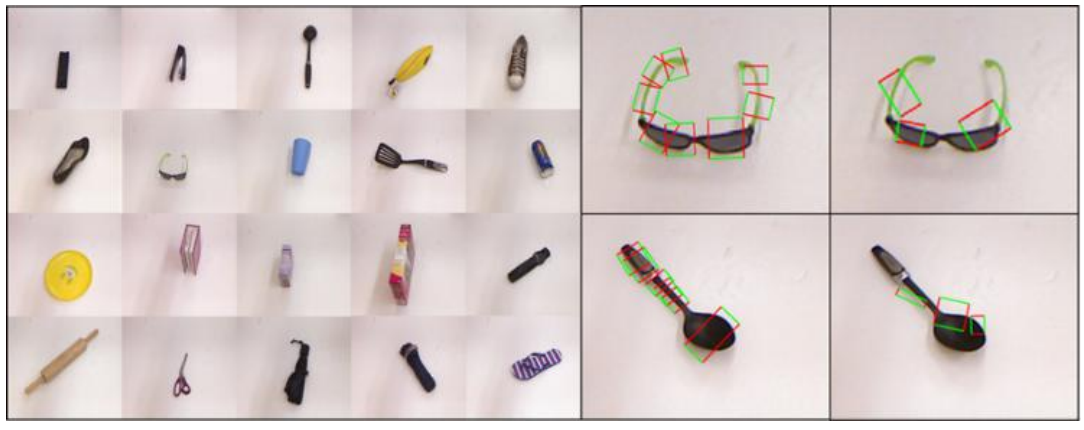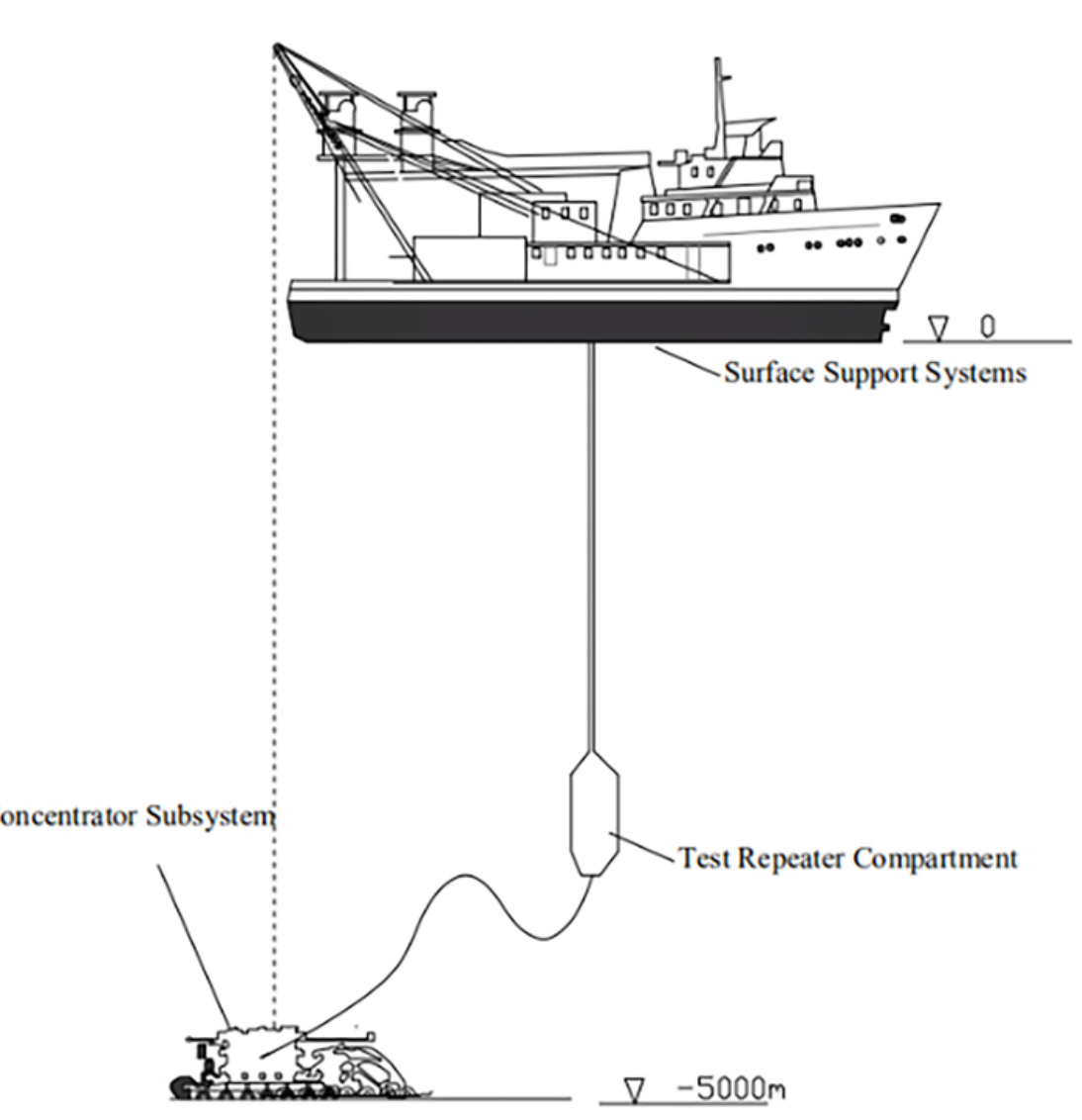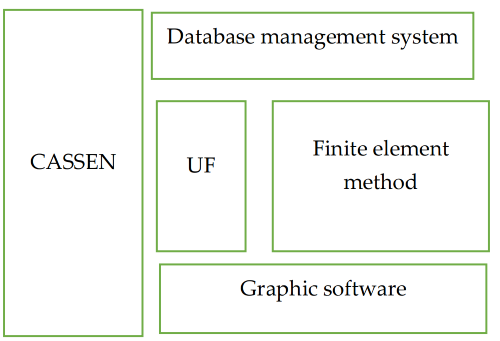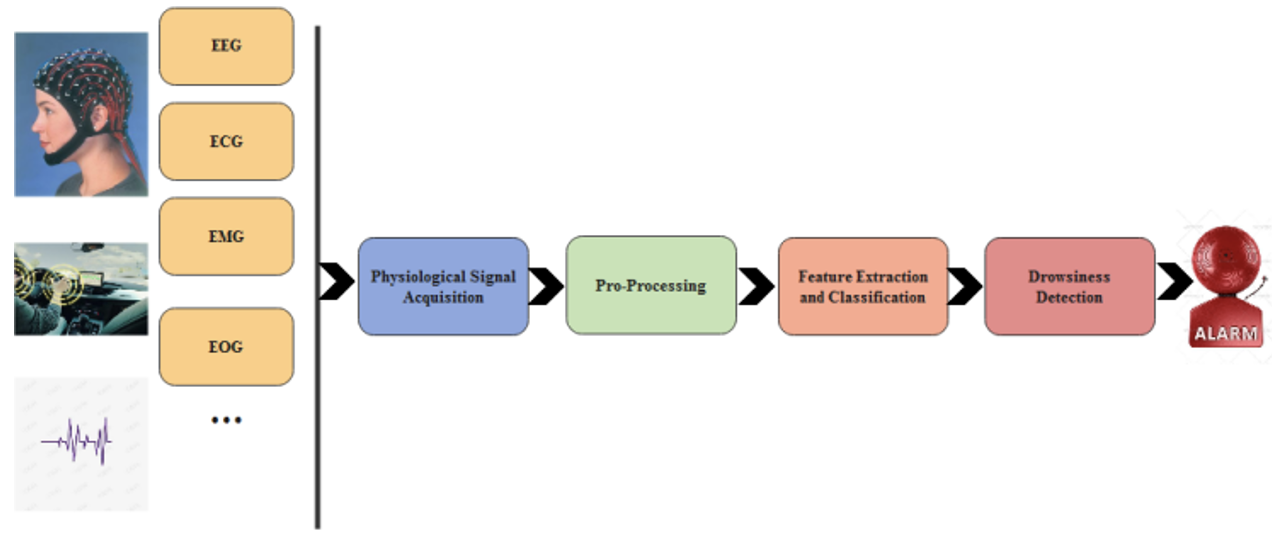IECE Transactions on Intelligent Unmanned Systems | Volume 1, Issue 1: 44-54, 2024 | DOI: 10.62762/TIUS.2024.777385
Abstract
This study introduces a novel two-stage approach for robotic grasp detection, addressing the challenges faced by end-to-end deep learning methodologies, particularly those based on convolutional neural networks (CNNs) that require extensive and often impractical datasets. Our method first leverages a particle swarm optimizer (PSO) as a candidate estimator, followed by CNN-based verification to identify the most probable grasp points. This approach represents a significant advancement in the field, achieving an impressive accuracy of 92.8% on the Cornell Grasp Dataset. This positions it among the leading methods while maintaining real-time operational capability. Furthermore, with minor modif... More >
Graphical Abstract





